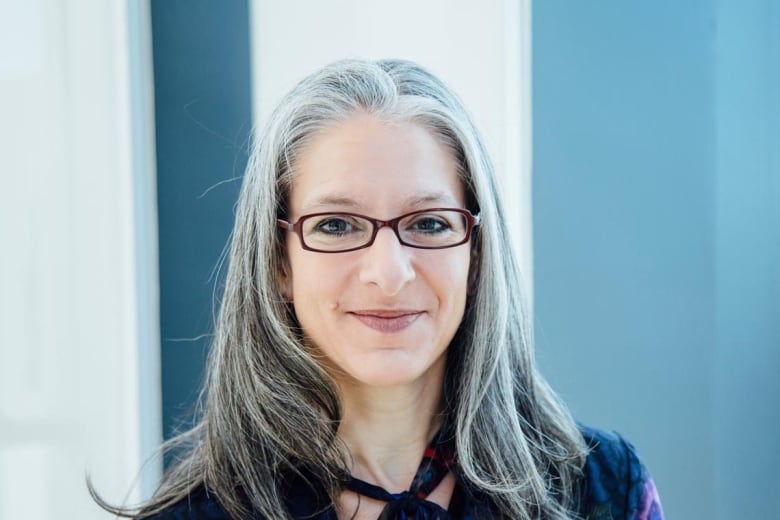The 2022 list of appointees to the Order of Canada is far less diverse than the Canadian population and even less diverse than it was in 2021, a new analysis shows.
The Governor General made 184 appointments to the order in 2022. It’s considered one of the country’s highest civilian honours, one which recognizes “people who make extraordinary contributions to the nation,” according to Rideau Hall. Over 7,600 Canadians have joined the order’s ranks since its creation in 1967.
But analysis by retired public servant Andrew Griffith, who served as Canada’s director general of citizenship and multiculturalism, found that last year’s appointees were not representative of the Canadian population.
Women make up about 51 per cent of the population, according to 2021 census data. Griffith’s analysis reported that just 28.7 per cent of the 2022 Order of Canada appointees were women.
And while the 2021 census reported that about 26 per cent of people in Canada come from a racialized group, just 7.4 per cent of 2022 Order of Canada appointees could say the same, according to Griffith’s report.
Griffith’s analysis of the 2021 appointees found that 40.7 per cent were women and 12.6 per cent were “visible minorities.”
Griffith, who has done the analysis every year for a decade, said representation of people of colour in the order has improved broadly over time — but the same can’t be said for women.
“If I look at visible minorities, it’s slow progress, but overall it has increased over the last 10 years,” he told CBC News.
“Women are the ones that seem to vary the most, depending on the year … You can’t say that women are really making progress.”
Indigenous people made up 8.5 per cent of appointees in 2022 and accounted for 5 per cent of the Canadian population in the 2021 census.
“They’re the one group — along with white men — who are basically more than represented in relation to the size of their population,” Griffith said.
The Governor General makes appointments based on recommendations from the Advisory Council for the Order of Canada. The council advises her based on nomination suggestions from the general public.
Griffith said this process makes it difficult for Rideau Hall to choose a more diverse list of inductees.
“This is a program that depends on nominations from the outside public, and so there’s less control, if any control, over who gets nominated,” he said.
Other award programs may have incentives to highlight and promote young up-and-comers, Griffith added, but the Order of Canada prizes accomplishment over the course of a lifetime — meaning its appointees are often older and less diverse than Canada’s population.
“The Order of Canada, by its very nature, it’s a slower process to effect change,” he said. “In one sense it’s more backward-looking in the sense of, what has this person done in the last 20, 30, 40 years in terms of contributing to Canada?”
In a statement sent to CBC, a spokesperson for Rideau Hall said it’s working to make Order of Canada appointments more diverse.
“Reflecting Canada’s diversity is a priority when appointments are made to the Order of Canada,” the spokesperson said.
“The Order of Canada relies on public nominations which may mirror challenges in representation that exist in Canada. As a result, the Office of the Secretary to the Governor General is working to identify and address barriers to Canadian honours experienced by equity-deserving groups, so that the Order of Canada reflects all of Canadian society.”
Order of Canada must change, professor says
Sarah Kaplan, director of the Institute for Gender and the Economy at the University of Toronto’s Rotman School of Management, said that while the Order of Canada appointment process may limit Rideau Hall’s ability to boost representation of women and people of colour in Canada, it could change that process.
“It’s completely unacceptable to not have the full representation of Canada in the people who are appointed to the Order of Canada,” Kaplan said.
“It means that we’re amplifying, through these appointments, the inequalities that already exist in society.”
Kaplan said Rideau Hall should require the advisory council to present a more balanced list of nominations.
“[The Order of Canada] opens doors for a lots of people who receive these awards,” Kaplan said.
“If those recognitions are being predominantly awarded to men, it’s going to just amplify the advantages that men have or that women and people of diverse genders do not have.”

Erin Tolley, Canada Research Chair in gender, race, and inclusive politics at Carleton University, agreed that the appointment process should change. She also said Rideau Hall should change how it promotes the honour.
“I think Rideau Hall needs to rethink how it goes about publicizing the Order of Canada, talking to a wider range of Canadians about how one becomes an Order of Canada recipient,” Tolley said.
Tolley said Rideau Hall could change its achievement criteria.
“The Order of Canada is a rather elite definition of service, and I think that understanding of what constitutes excellence or contribution may also contribute to underrepresentation in appointments and nominations,” she said.
“So I think more needs to be done about thinking through what constitutes meritorious service and maybe adopting a broader definition of excellence,”





More Stories
Fair share: the right office solution can take finding the right partner
Ontario faces crew shortages, aircraft issues in fight against wildfires | Globalnews.ca
Refugee attends open house at Downtown Eastside affordable housing facility – BC | Globalnews.ca